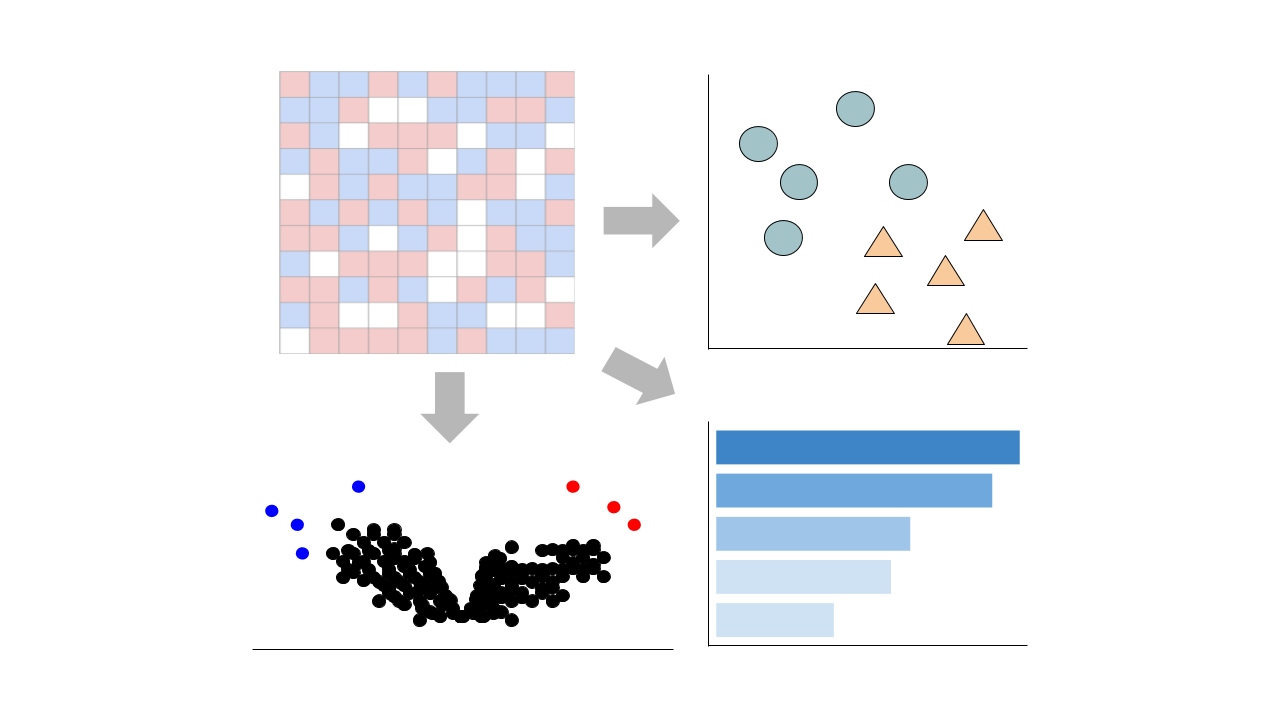Submission Date: Feb 08, 2021
Summary: HIV-1 latency is a major obstacle to achieve a functional cure for AIDS. To eradicate the viral reservoir, one of the strategies is to specifically reactivate HIV-1-infected cells and followed by elimination with potent immune surveillance. However, present latency-reversing agents (LRAs) are quite dissatisfactory because of their high toxicity and low efficiency. New targets need to be identified to develop more promising LRAs. Here, we found that histone chaperone chromatin assembly factor 1 (CAF-1) promotes HIV-1 latency by forming versatile suppressive nuclear bodies. CAF-1 plays a leading role for the formation of bodies recruiting multi-layer suppressive epigenetic modifiers and maintainers, and is of the characteristic of liquid-liquid phase separation (LLPS). Three distinct disordered regions of CHAF1A subunit coalesce CAF-1 body components by forming LLPS and play a key in maintaining HIV-1 latency. Therefore, disruptive induction of phase-separated CAF-1 body could be an important strategy to reactivate latent HIV-1.
GEO Accession ID: GSE166337
PMID: 33739466
Select conditions below to toggle them from the plot:
| GROUP | CONDITION | SAMPLES |
|---|---|---|
| J-Lat 10.6 |
GSM5068719 GSM5068720 GSM5068721 GSM5068722
|
|
|
GSM5068723 GSM5068724
|
Submission Date: Feb 08, 2021
Summary: HIV-1 latency is a major obstacle to achieve a functional cure for AIDS. To eradicate the viral reservoir, one of the strategies is to specifically reactivate HIV-1-infected cells and followed by elimination with potent immune surveillance. However, present latency-reversing agents (LRAs) are quite dissatisfactory because of their high toxicity and low efficiency. New targets need to be identified to develop more promising LRAs. Here, we found that histone chaperone chromatin assembly factor 1 (CAF-1) promotes HIV-1 latency by forming versatile suppressive nuclear bodies. CAF-1 plays a leading role for the formation of bodies recruiting multi-layer suppressive epigenetic modifiers and maintainers, and is of the characteristic of liquid-liquid phase separation (LLPS). Three distinct disordered regions of CHAF1A subunit coalesce CAF-1 body components by forming LLPS and play a key in maintaining HIV-1 latency. Therefore, disruptive induction of phase-separated CAF-1 body could be an important strategy to reactivate latent HIV-1.
GEO Accession ID: GSE166337
PMID: 33739466
Select conditions:
Control Condition
Perturbation Condition
This pipeline enables you to analyze and visualize your bulk RNA sequencing datasets with an array of downstream analysis and visualization tools. The pipeline includes: PCA analysis, Clustergrammer interactive heatmap, library size analysis, differential gene expression analysis, enrichment analysis, and L1000 small molecule search.
